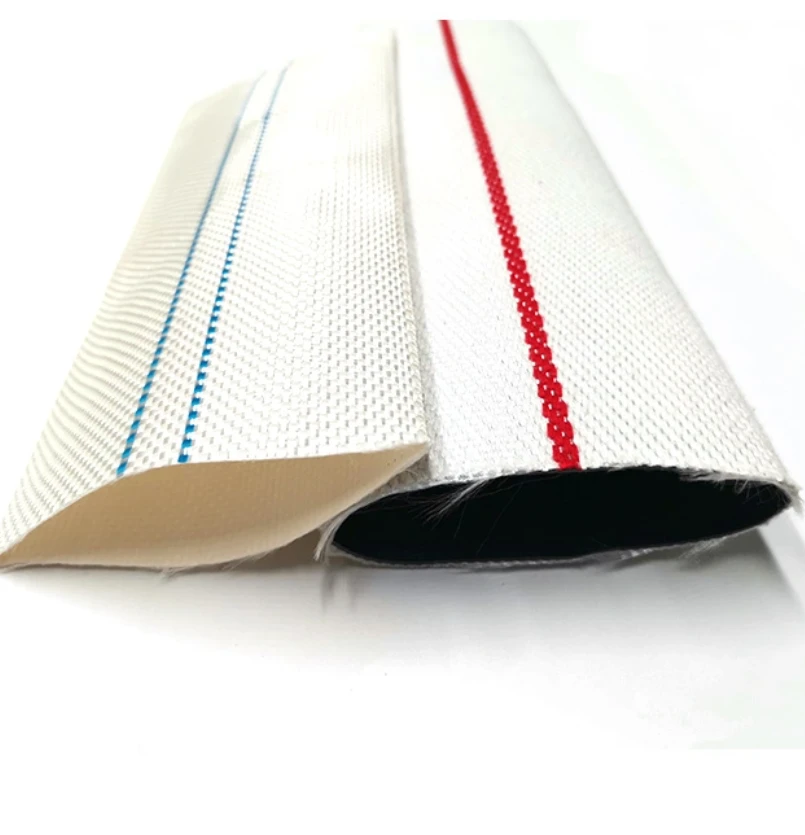Effective Techniques for HVAC Duct Cleaning and Vacuum Maintenance
The Importance of HVAC Duct Vacuuming for Indoor Air Quality
Heating, Ventilation, and Air Conditioning (HVAC) systems play a crucial role in maintaining comfort and air quality in our indoor environments. However, like any other system, HVAC ducts can accumulate dust, debris, and contaminants over time. One effective method to ensure that these ducts operate efficiently and provide clean air is through duct vacuuming. This article will explore the significance of HVAC duct vacuuming and its benefits for both health and system performance.
Understanding HVAC Ducts
HVAC ducts are the pathways that distribute heated or cooled air throughout a building. They play a vital role in regulating temperature and ensuring that fresh air circulates within indoor spaces. However, these ducts are also prone to trapping dirt, dust, mold, and other particles. Poor maintenance of duct systems can lead to compromised air quality, which can have various negative effects on the health of occupants.
Why Vacuum Ducts?
Dust and contaminants can accumulate in HVAC ductwork for several reasons, such as outdoor pollutants, pet dander, construction debris, and simply the everyday activities of occupants. Vacuuming HVAC ducts is essential for several reasons
1. Improved Air Quality One of the primary reasons for duct vacuuming is to improve indoor air quality. Dust and allergens can circulate in the air, leading to respiratory problems, allergies, and other health-related issues. Removing these contaminants through vacuuming helps protect the well-being of everyone in the building.
2. Enhanced System Efficiency Dirty ducts can cause your HVAC system to work harder than necessary. When ducts are clogged with debris, air cannot flow freely, making the system less efficient. This inefficiency can lead to higher energy bills and increased wear on the system, potentially resulting in costly repairs or premature replacements.
3. Odor Elimination Accumulated dust and debris can lead to foul odors circulating through the duct system. These odors can be particularly pronounced in humid environments where mold can flourish. Vacuuming the ducts helps eliminate these odors, ensuring that the air quality is fresh and pleasant.
4. Prolonged Equipment Life Regular cleaning, including duct vacuuming, can extend the lifespan of your HVAC system. When dust and debris are allowed to build up, it can lead to mechanical failures. By keeping the ducts clean, homeowners can reduce the amount of strain placed on the HVAC system and increase its longevity.
hvac duct vacuum

How Does the Process Work?
The process of duct vacuuming typically involves the following steps
1. Inspection A professional technician will first inspect the ducts to identify any significant issues, such as excessive dirt build-up, mold growth, or mechanical problems.
2. Preparation Before vacuuming, the technician will take precautions to protect the home, including covering vents to prevent debris from entering living spaces.
3. Vacuuming Using specialized equipment, technicians will thoroughly vacuum the ducts to remove dust, debris, and other contaminants. High-efficiency particulate air (HEPA) filters are often used in this process to trap tiny particles effectively.
4. Sanitization (if necessary) In some cases, it may be appropriate to apply a sanitizing solution to eliminate any remaining bacteria or mold spores.
5. Final Inspection After vacuuming, technicians will perform a final inspection to ensure the system is clean and functioning efficiently.
Conclusion
Duct vacuuming is an essential aspect of maintaining an HVAC system. Not only does it enhance indoor air quality and system performance, but it also contributes to the overall comfort and health of building occupants. Regular maintenance, including duct vacuuming, should be part of any comprehensive HVAC service plan. Home and business owners should consider scheduling professional duct cleaning every three to five years, or more frequently if there are specific concerns such as allergies or recent renovations. Investing in clean ducts is an investment in a healthier, more efficient living environment.
-
Top Quality Oxy Acetylene Hoses for Sale Fit for Welding DemandsNewsJul.28,2025
-
The Future of Pneumatic Air Tubes in IndustryNewsJul.28,2025
-
Superior and Reliable LPG Hose Pipe Solutions for Every NeedNewsJul.28,2025
-
Exceptionally Durable and Versatile Premium Braided PVC TubingNewsJul.28,2025
-
Best Adapters for Connecting Garden Hose to PVC Pipe ConnectionsNewsJul.28,2025
-
The Essential Role of LPG Hoses in Safe and Efficient Gas DistributionNewsJul.16,2025














